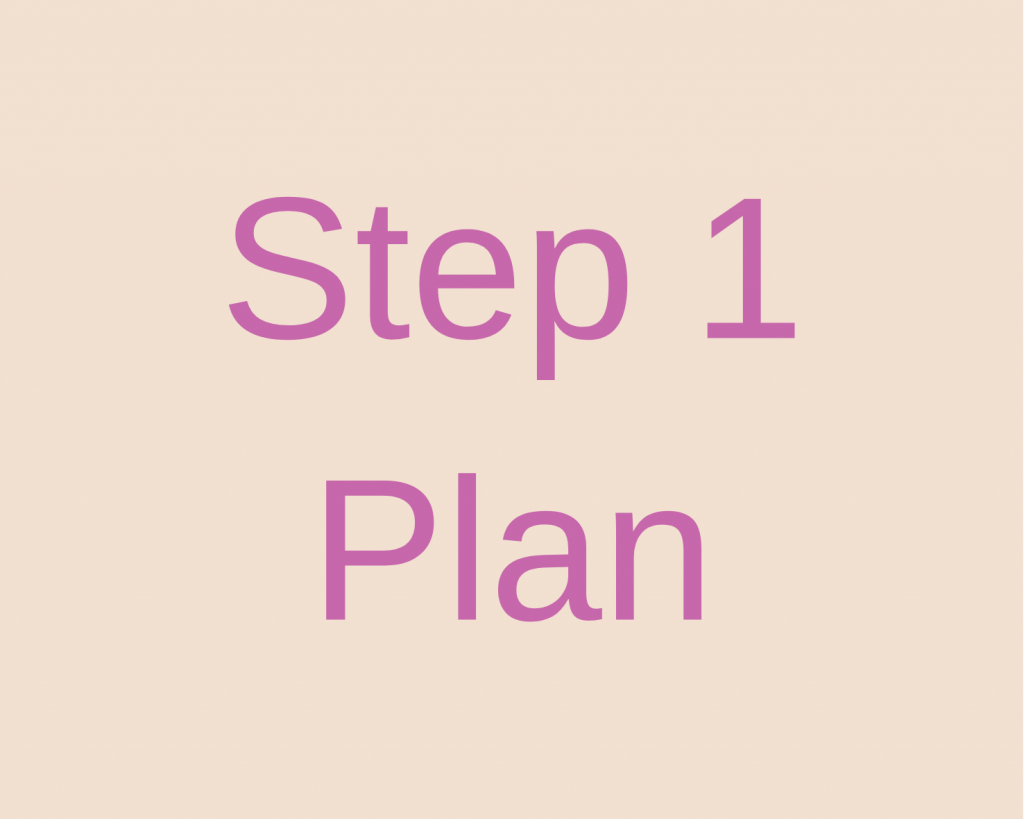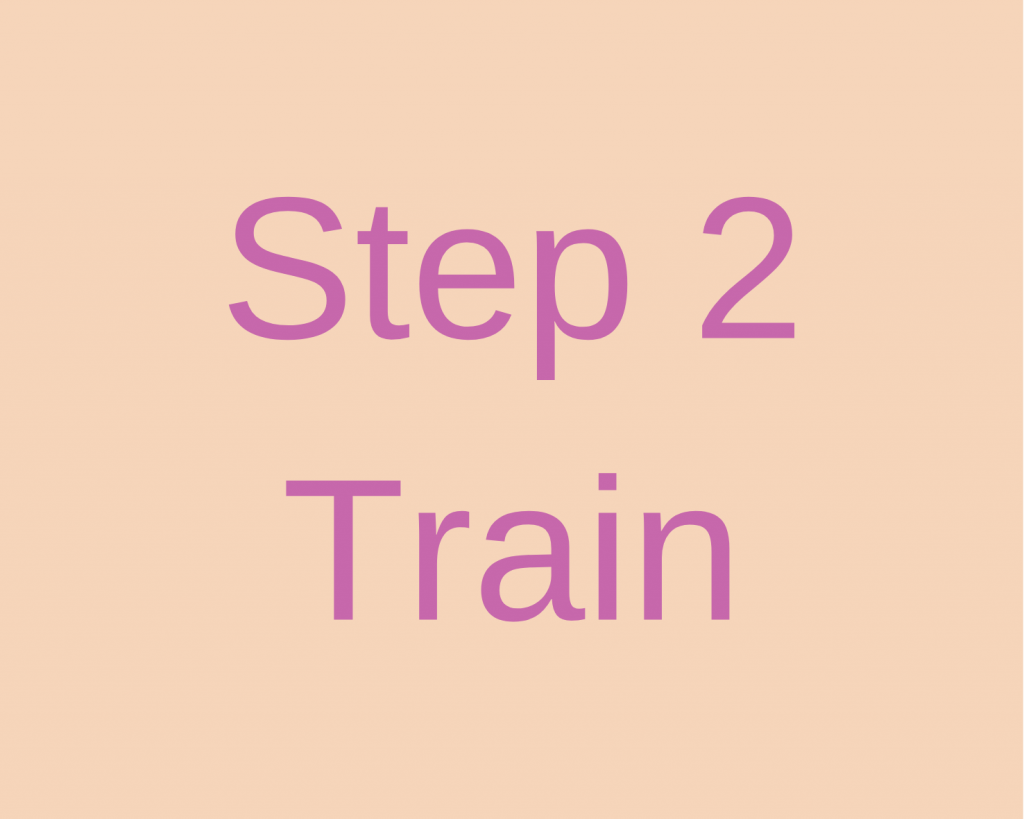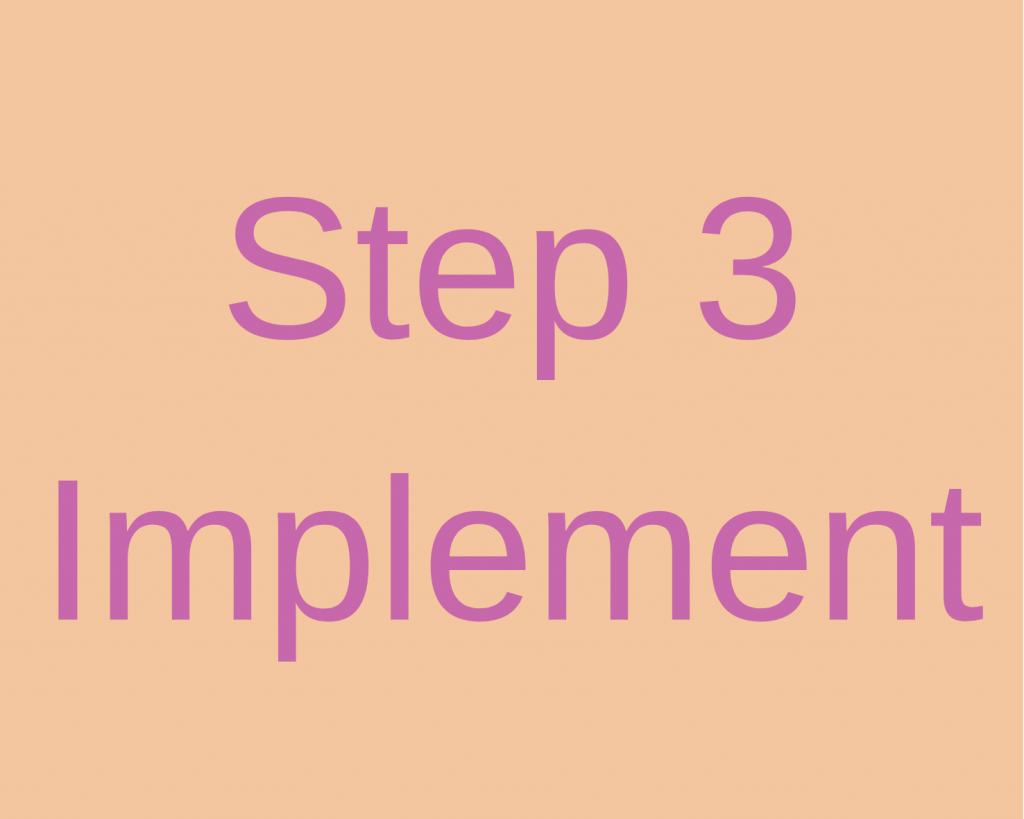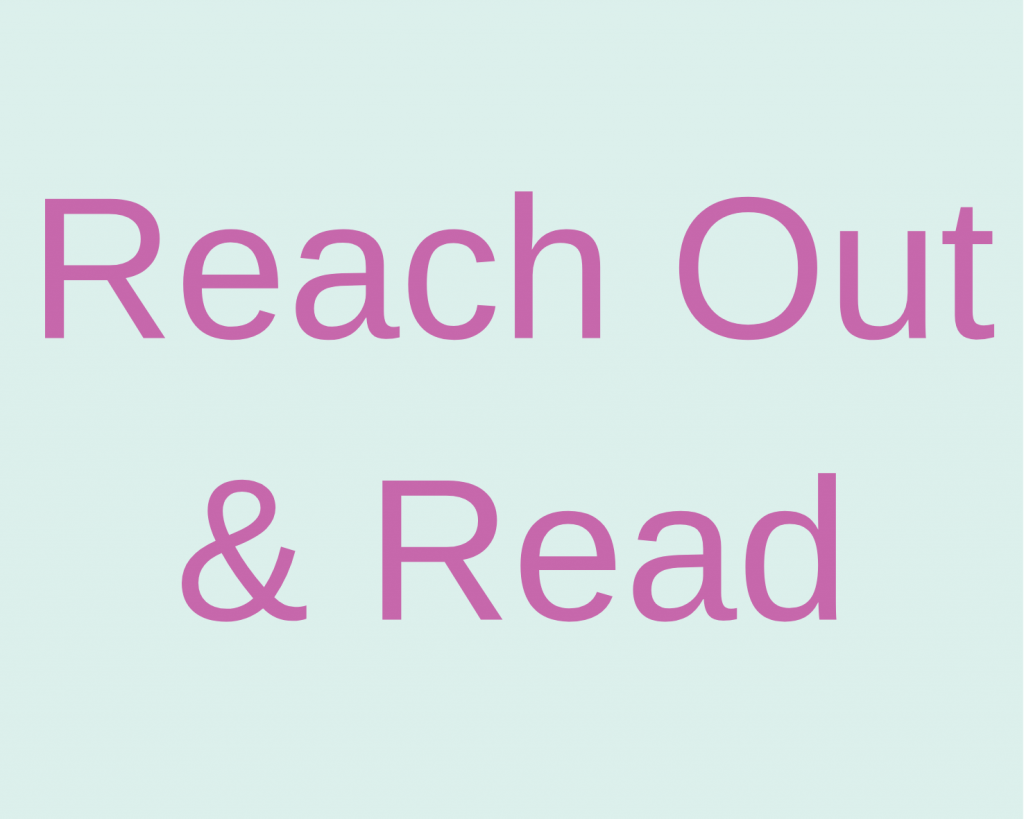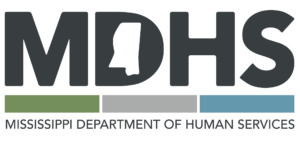Health Promotion: Reach Out and Read
Reach Out and Read (ROR) is an excellent way to promote developmental health in primary care. Jill Sells, MD, Clinical Professor of Pediatrics at the University of Washington School of Medicine describes ROR as a developmental health promotion activity:
“The critical importance of child development from birth is indisputable. The home environment and nurturing relationships between parent/caregiver and child lay the foundation for healthy development, school readiness, and all future learning. Detailed and growing understanding of early brain development, both what promotes positive development and what works against it, continually provides greater scientific explanations for how language-rich interactions in the context of a loving, responsive relationship between adult and child help to shape children’s brains and promote health and development. Systematically incorporating Reach Out and Read into the health care system supports the foundational relationships between parent and child and promotes child development from birth, helping put children on a trajectory towards success in school and life.”
Program Overview
“Reach Out and Read (ROR) is an evidenced-based early childhood program that incorporates the reading and sharing of books into well-child visits for young children and encourages families to read aloud and create meaningful moments together. Primary care providers implement the research-based model to promote child development through daily, nurturing, language-rich interactions between parent and child at home.”
How it Works
“During each well-child visit from birth through age 5, Reach Out and Read doctors talk with parents about the importance of reading aloud with their young children, model how to do so, and offer age-appropriate tips and encouragement. During the visit, each child is given a new, culturally, and developmentally responsive children’s book to take home, building a collection of books in the home starting in infancy. Parents are engaged in the conversation and leave each visit inspired to read together at home.” (For access to the full article, click here.)
Proven Impact
Reach Out and Read has been examined extensively by academic investigators studying ethnically and
economically diverse families throughout the nation, providing a substantial body of peer-reviewed
research demonstrating the impact of the program, including:
- Families participating in Reach Out and Read read more frequently to their children.
- Children exposed to the program had higher receptive and expressive language scores.
- Increased exposure to Reach Out and Read led to larger increases in language scores.
Beginning Reach Out and Read at Your Clinic
Site Application
A site Coordinator and/or Medical Champion is established to oversee the medical and administrative aspects of the program. The medical champion takes the responsibility of encouraging all providers to complete training and maintain the fidelity in the way the books are distributed to families. The site coordinator takes the responsibility of restocking bookshelves, tracking the number of books distributed, ordering books, and completing required reporting.
An application is submitted to ROR as a primary site location which includes the following information:
Number of Well Child visits in the last 6 months
- 0 months-5 months
- 6 months-5 years
Demographics:
- Insurance Coverage (% of population)
- Race (% of population)
- Languages (% of population)
The application also requires a Letter of Support stating your practice’s commitment to ongoing participation in the Reach Out and Read program. This is to be signed by the Departmental Head, Clinical Medical Director, or the Executive Director.
Book Support
Funding to guarantee an adequate book supply for a year is a requirement for approval of the application.
Training
A minimal completion rate of 75% is needed from the attending providers before the site status becomes active. When a new medical provider joins your site, they must be entered into myROR.org and complete the Reach Out and Read CME Training. When their contact information is entered into myROR.org, an invitation to the training will be sent to them via an email link. Once the training is completed, the provider will be Reach Out and Read certified and can establish the program in their practice. The training demonstrates how use of the book can enhance interactions and streamline developmental surveillance, especially by starting the visit with the book.
Ordering Books
There are two Reach Out and Read book catalogs, produced by Scholastic and All About Books, that contain books selected to conform to the program’s standards for quality and content. Additional books may be obtained from other approved vendors.
Reporting Requirements
In order to remain an active Reach Out and Read clinic, each site must complete a biannual progress report noting the number of books handed out in the previous six-month period as it relates to the overall number of Reach Out and Read-eligible visits at the clinic during that same period. Reports are due March 1st and September 1st of each year. The March report includes data from July-December of the previous year. The September report includes data from January-June of the current year.
For more information, visit the National Reach Out and Read website.
To begin a new site, click here.
When Reach Out and Read is used, physicians may consider a Quality Improvement (QI) project, which qualifies for American Board of Pediatrics MOC-4 credit. This QI project measures increased reading in the home by caregivers to children after a book is introduced during a wellness visit.
About This Resource
The overarching goal of the Child Health and Development Project (Mississippi Thrive!) has been to improve developmental health outcomes for young children through the building of a statewide developmental and behavioral health system. As part of the system build MST worked with health care providers to increase developmental screenings, connect more children to the services they need, and equip providers with materials and resources to promote developmental and behavioral health with caregivers at wellness visits. Additional work was conducted to advance more comprehensive, family-engaged, whole child approaches.
This toolkit provides information about the specific resources and approaches used to support health care providers at the University of Mississippi Medical Center to integrate developmental screening and additional approaches to engage families and conduct comprehensive screening and personalized health promotion into their pediatric practices as well as lessons learned. It was modeled after the Louisiana Developmental Screening Toolkit created by the Developmental Screening Initiative at the Louisiana Bureau of Family Health. It incorporates a Continuous Quality Improvement framework based on the clinical practice guidelines form the American Academy of Pediatrics.
This toolkit was developed by the Mississippi Thrive! Enhanced Pediatric Medical Home Services (EPMHS) team in partnership with The Child and Adolescent Health Measurement Initiative (CAHMI). The Child Health and Development Project: Mississippi Thrive! (CHDP) was a project of the University of Mississippi Medical Center’s (UMMC) Center for the Advancement of Youth (CAY) and the Social Science Research Center (SSRC) of Mississippi State University (MSU).
This project was supported by the Health Resources and Services Administration (HRSA) of the U.S. Department of Health and Human Services (HHS) as part of an award totaling $17.4 million with 0 percent financed with non-governmental sources. The contents are those of the author(s) and do not necessarily represent the official views of, nor an endorsement, by HRSA, HHS, or the U.S. Government. For more information, please visit HRSA.gov today. The Child and Adolescent Health Measurement Initiative (CAHMI) is a national non-profit initiative founded in 1996 to promote the early and lifelong health of children, youth and families using family-centered health and health care quality data and improvement tools and research. The Cycle of Engagement Well Visit Planner approach was developed and is maintained by the Child and Adolescent Health Measurement Initiative (CAHMI).



